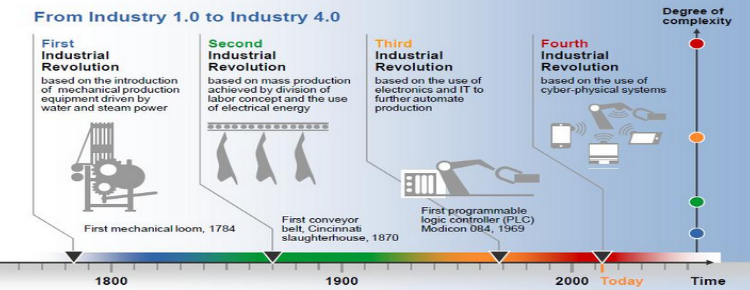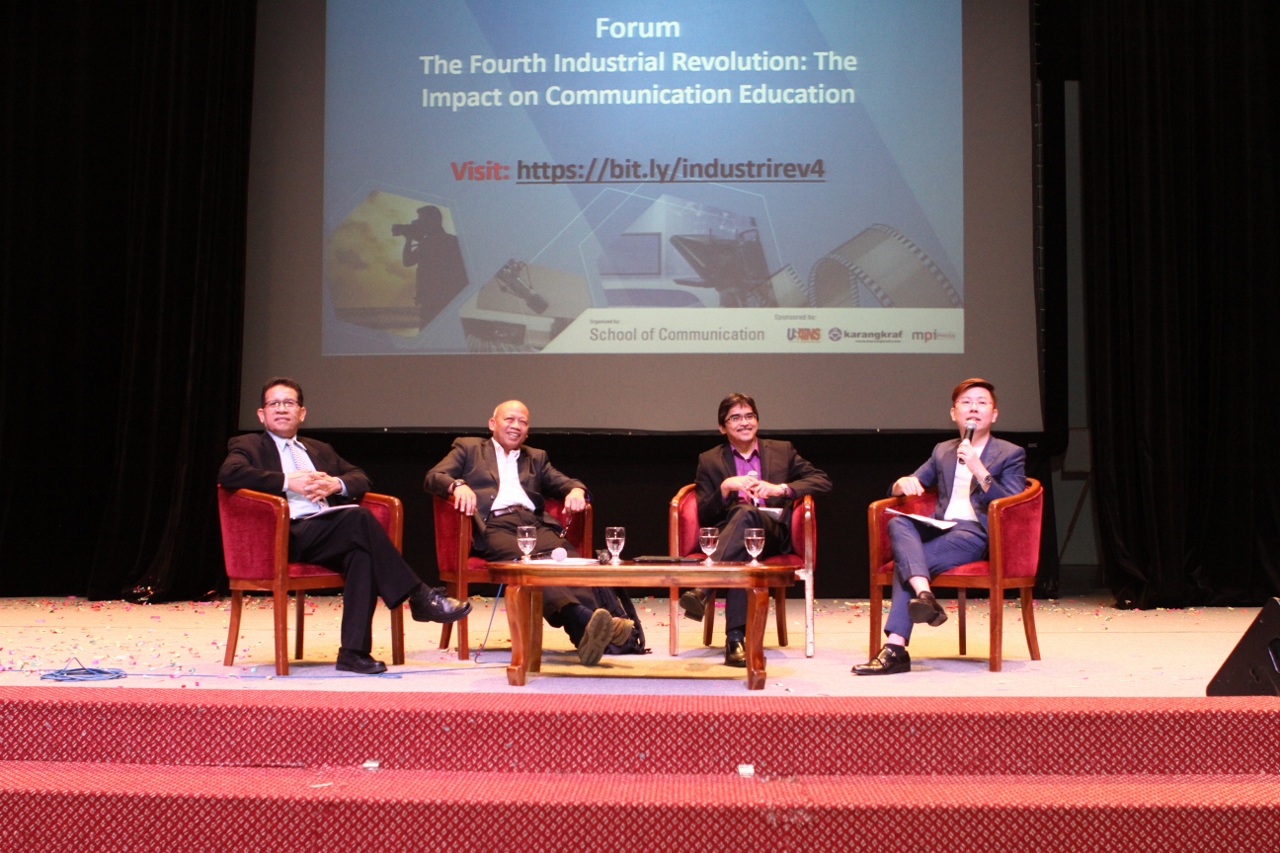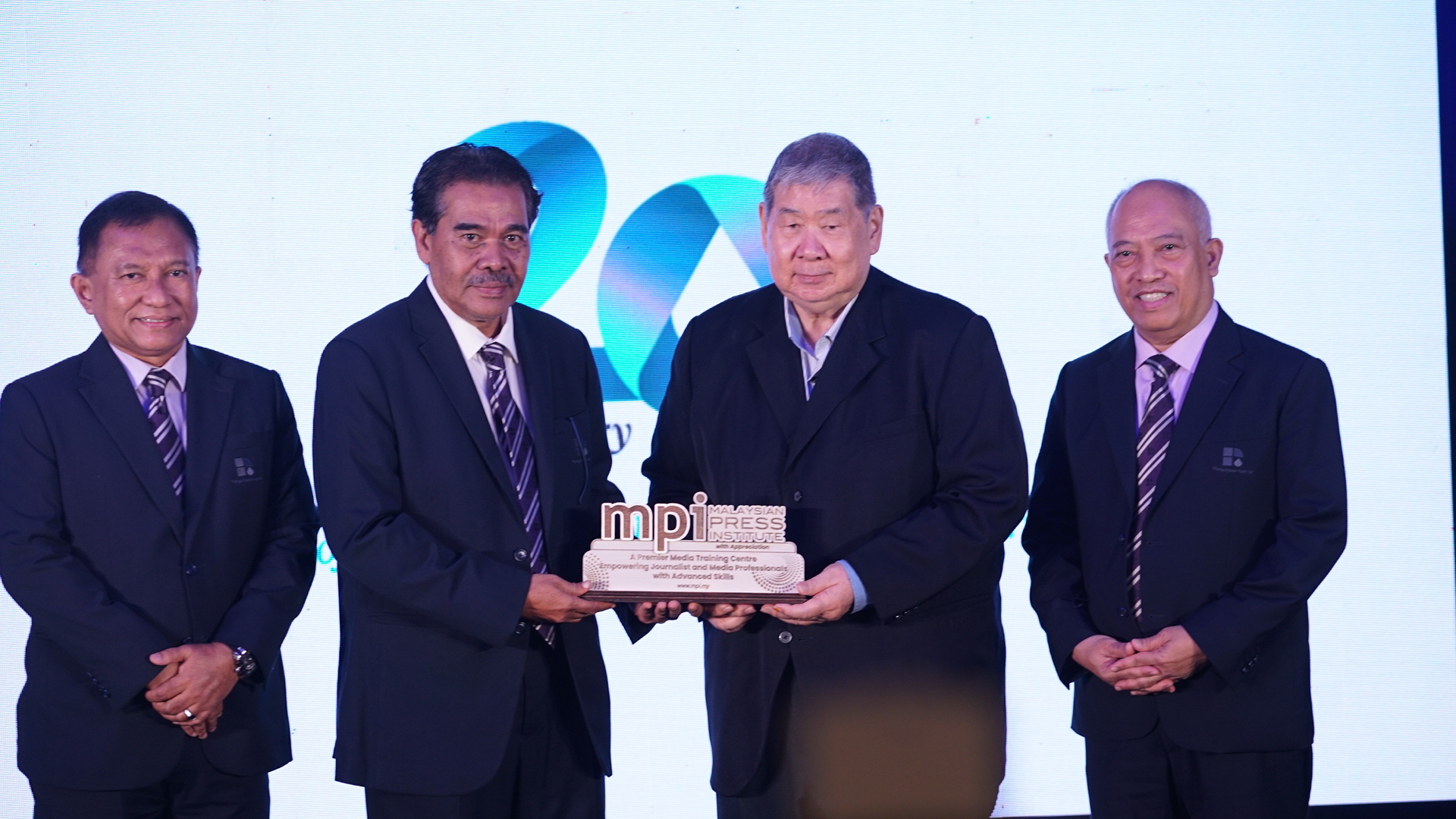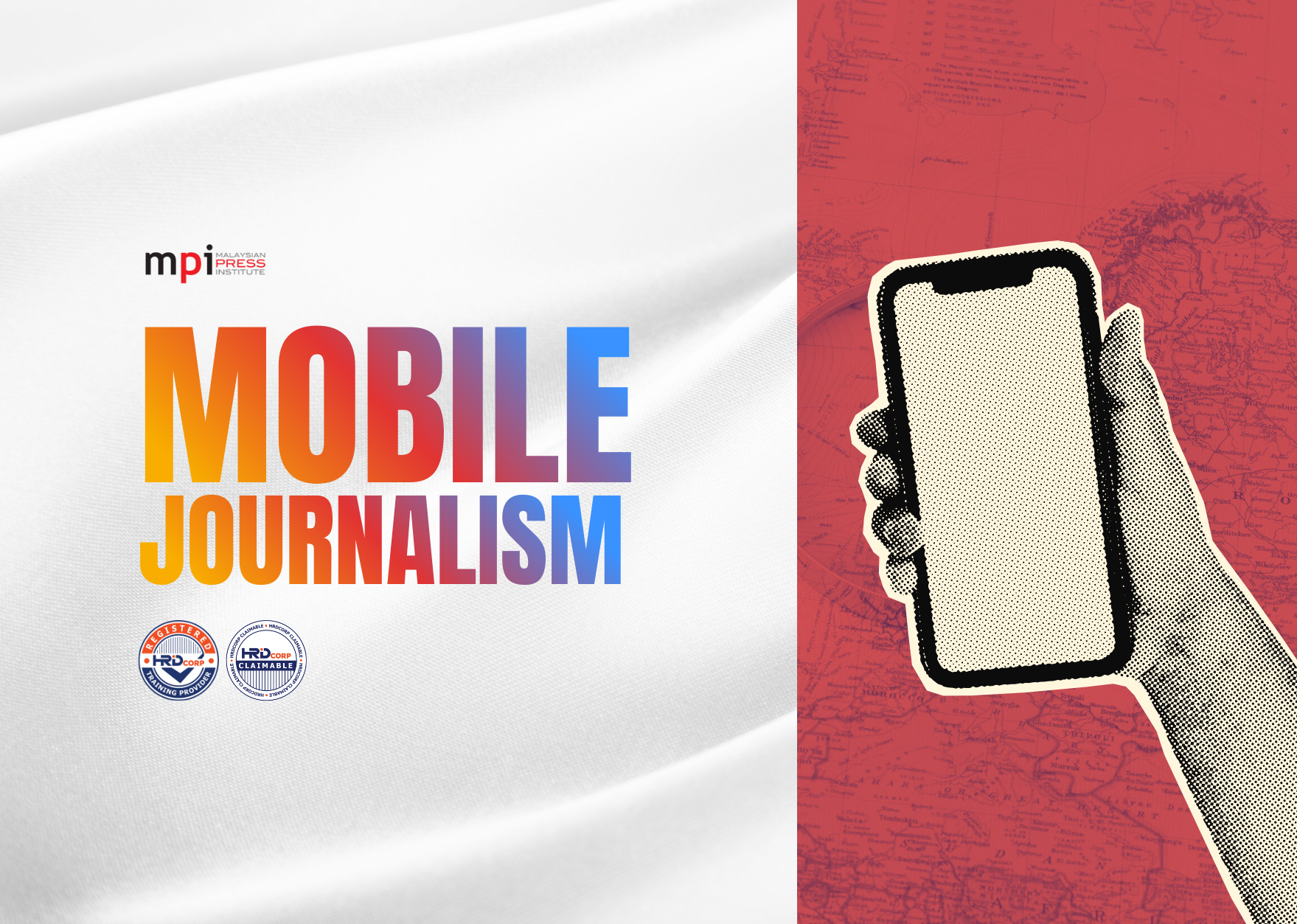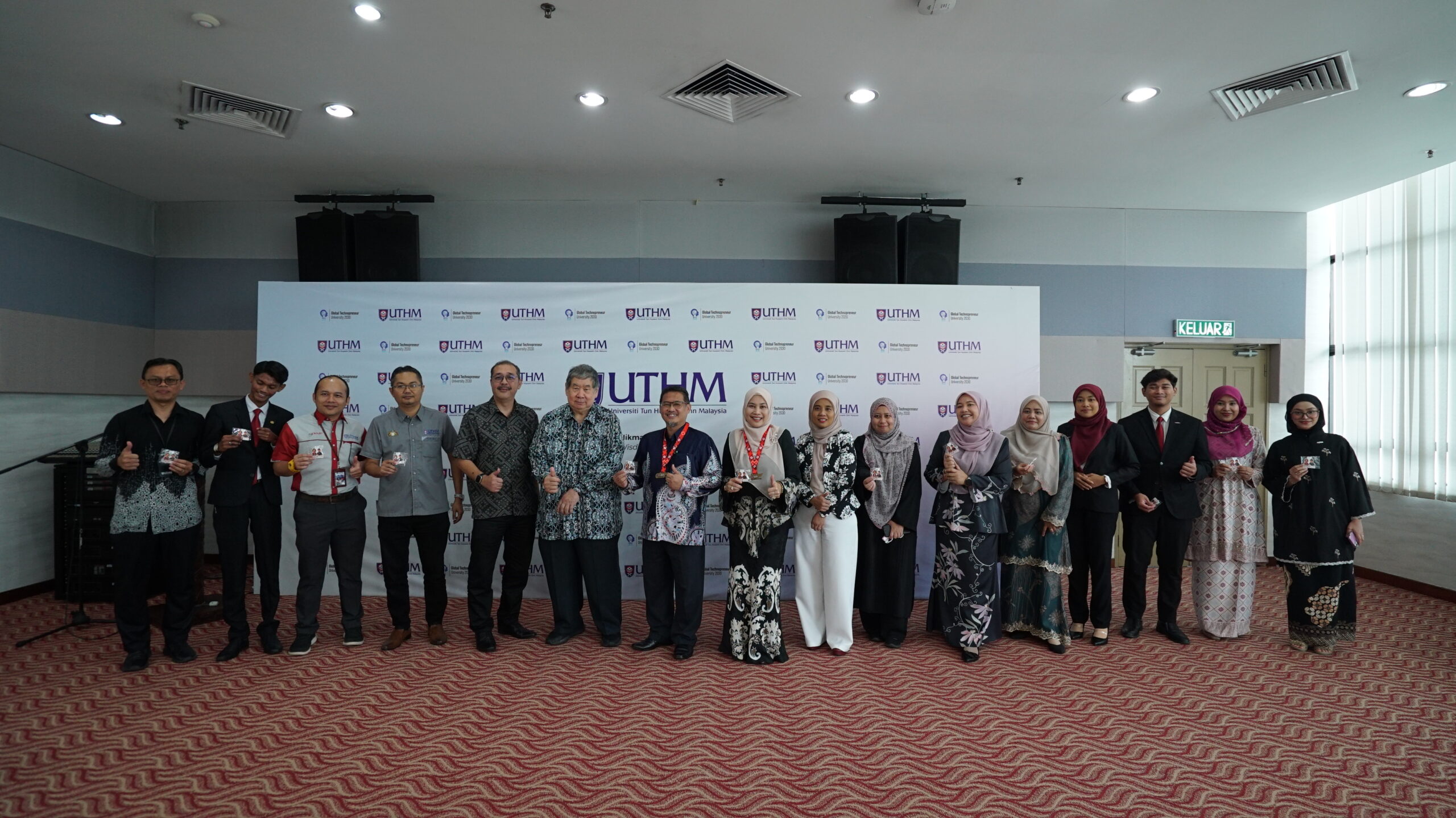Kewartawanan kekal relevan pada era Revolusi Industri Keempat atau Industri 4.0 yang mula menjengahkan wajahnya, kata Ketua Pegawai Eksekutif Malaysian Press Institute, Datuk Dr. Chamil Wariya.
Menurut beliau, teknologi Industri 4.0 tidak akan membunuh kewartawanan, tetapi akan memberi platform baharu kepada para wartawan untuk memainkan peranan estet keempatnya untuk mendedahkan pelbagai kepincangan yang dilakukan oleh kalangan yang berkuasa tidak kira di sektor awam atau swasta.
Chamil berpendapat apabila dunia mendakap sepenuhya Industri 4.0 kelak, peranan kewartawanan akhbar dalam bentuk cetak sekarang ini mungkin menjadi tidak signifikan, tetapi kewartawanan yang bermodelkan perkhidmatan awam akan kekal dipacu oleh entiti akhbar dalam bentuk yang baharu iaitu akhbar digital di alam maya.
“Selain itu, kelahiran portal-portal berita serta pelbagai bentuk media sosial yang lain juga akan menyaingi kehadiran akhbar-akhbar digital. Justeru, penulisan yang berprinsipkan kewartawanan akan memisahkan karya-karya media sosial dan kewartawanan digital yang sepatutnya melaporkan kebenaran, bukan pembohongan.” tegas Chamil.
Pandangan tersebut beliau zahirkan sewaktu bercakap pada forum The Fourth Industrial Revolution: The Impact on Communication Education in ASEAN anjuran Pusat Pengajian Komunikasi, Universiti Sains Malaysia (USM) di Pulau Pinang pada 9 Disember 2016.
Selain Chamil, dua ahli panel forum yang dianjurkan sempena program IMPACT 2016 turut disertai oleh Dekan, Fakulti Komunikasi dan Bisnes, Telkom Universiti, Bandung, Republik Indonesia, Dr. Jaafar Sembiring dan seorang perunding media yang juga pengasas Xavier Mah Consultancy Sdn Bhd, Encik Xavier Mah.
Pengarah Pusat Pembangunan Kecemerlangan Akademik dan Pembangunan Pelajar USM, Profesor Dr. Abdul Karim Alias, dari USM bertindak sebagai moderator forum yang berlangsung di Dewan Budaya USM itu.
Selain para peserta IMPACT 2016, forum itu turut dihadiri oleh para ahli akademik dari Malaysia dan tujuh buah universiti Republik Indonesia yang mengambil bahagian dalam acara tahunan tersebut.
Berikut adalah sedutan pembentangan Chamil pada forum tersebut:
First and foremost I would like to thank the organizer of IMPACT 2016 for organizing this forum this morning. The topic for our discussion today is The Fourth Industrial Revolution (Industry 4.0): The Impact on Communication Education in ASEAN.
I am a media practitioner, not an academician. So what I will do is to approach the subject from the perspective of a practitioner, or rather a former practitioner as I have retired from journalism almost ten years ago.
Industry 4.0 – what it is
The Fourth Industrial Revolution was the theme of World Economic Forum in Davos, Switzerland in January 2016. The founder and the executive chairman of the Forum, Dr Klaus Schwab highlighted the concept at the Forum and his book which now becomes the “bible” when one talk about Industry 4.0.
I have not read the book, but an article of the same title was published in Foreign Affairs and also can be accessed on World Economic Forum’s website.
In that article, inter alia, he wrote:
“We stand on the brink of technological revolution that will alter fundamentally the way we live, work and relate to one another.”
He also stressed:
“In its scope, scale and complexity, the transformation will be unlike anything mankind has experienced before.”
He went on to say:
“We do not know just how it will unfold but one thing is clear: the response to it must be integrated and comprehensive, involving all stakeholders of the global polity, from the public and private sectors to academia and civil society.”
So as for now what is in store for us as far as the Fourth Industrial Revolution is concerned, is still unclear. But what we can say is advancement in technology will the drive force of Industry 4.0, similar to that of the First Industrial Revolution, The Second Industrial Revolution and The Third Industrial Revolution, which is with us today.
Specifically, to main elements will play a critical role in the so called Industrial Revolutions – that is energy source and communication system. Industry 1.0 was driven by wood power, to coal power, to steam power. Hence we have steam powered printing press that made way to the rise of the print media – newspapers, magazines and books.
Industry 2.0 was driven by oil that replaced coal and steam power. In terms of communication system we have electricity, telegraph, telephones, electrification cities and homes. Together, oil and electricity led to the internal combustion engine, the building of roads, highways, autobahn, electric railways. During this period we saw the rise of radio and television as means of communication; hence electronic media and journalism.
Then came Industry 3.0, roughly around 1969 onwards. In term of communication systems, the hallmark of the Third Industrial Revolution are: computerization and Internet; static desktops connected by Internet started in mid-1990s; Internet highways was created thru increase used of satellites and its networks, wireless technology. And of course with it, proliferation of the social media sites and use of apps.
Now we are told that we are the early state of Industry 4.0. What are its main characteristics? According to Klaus Schwab, one is the combination of cyber-physical system; Internet of things and Internet system; the other is the concept of smart and multiple connectivity.
For example the idea of smart factories that is machine augmented with web connectivity to a system that can visualise the entire production chain and make decisions on its own. Breakthrough in the fields such as artificial intelligence, 3-D printing, nanotechnology, biotechnology, materials science, energy storage and quantum computing will also accelerated the coming of Industry 4.0.
Industry 4.0 and journalism
What does it mean for journalism and journalism education in particular?
When I started my career in journalism in 1971, I didn’t anticipate the media and journalism landscape would change so radically into what it is today. My thinking them was that journalism has reached its maturity with radio, television and print as its core. As far as the future is concerned, from the perspective of the 70s, is that we will witness the grow of radio, television and newspapers in term of number. I did not expect the advent of digital technology with Internet as media latest medium.
The unique Internet attributes of interactivity and multimedia are forcing evolutions in journalism culture as the basic mission of reporter has evolved for the digital world. Web technologies have provided opportunities for sources and audiences to participate in news production. With the dawn of Industry 4.0, I will anticipate that the following will happen not only in Malaysia, but also the rest of the world, ASEAN included:
- Newspapers as we know today will perhaps come to an end or if not, they are no longer the main providers of news and information. Less people will be reading newspapers, not only in Malaysia but elsewhere. See table 1 and 2.
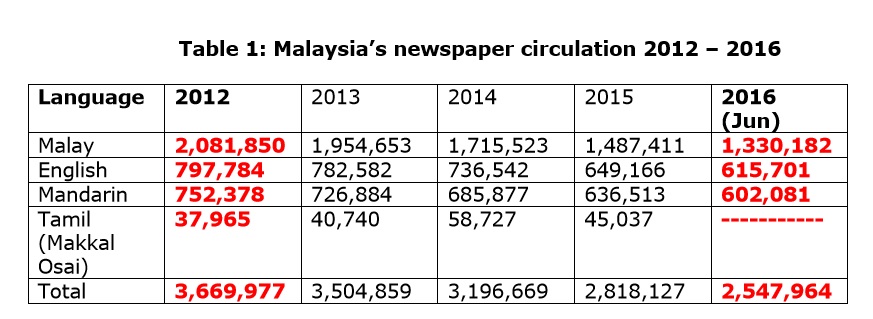

- Digital paper or e-paper will rule during the Fourth Industrial Revolution
- We will also witness the consolidation of social media, the like of Facebook, Twitter.
- The advent of web-based operation newsroom will be fully realised. The common feature for newsroom will be a system of multimedia or integrated.
- Newsgathering and news production technology will lead to the rise of fully multimedia journalism which combine texts, video and audio as news package online.
- News/information will be transmitted simultaneously via Twitter, Facebook, Instagram, news portal and other digital platforms in the virtual world.
- To be a journalist in the digital age, one has to be able to be an editor, a photographer, a videographer, a reporter, a layout designer and a write all in one.
- As a digital reporter one has to go out and sometimes you need to shoot video, and you need to get the story and you need to ask the right questions
- The new mantra of journalism in the digital era is to be information provider in the news cycle of 24 hours a day; seven days a week and 365 days a year; with interaction and participation of audiences.
Implication for journalism education
Undoubtedly, journalism and communication schools need to produce would be journalists who are knowledgeable, well informed about local and international affairs; and those with skills who are competent with different technologies. How to do it? Journalism schools have to focus on three elements, at least. They are:
- Content – make sure journalism students are taught adequately with regard to national and international affairs.
- Skills – equip students with the need to write for different platforms of news/information delivery.
- Literate in technology – students must be exposed the different kind of technologies on offer by the Fourth Industrial Revolutions to suit the need for different style of writings to enable them to become a versatile journalist.
Thank you.
Rakaman Foto – Foto:
- Ahli panel forum: Dari kiri: Dr. Jaafar Sembiring, Chamil Wariya, Profesor Abdul Karim (moderator) dan Xavier Mah
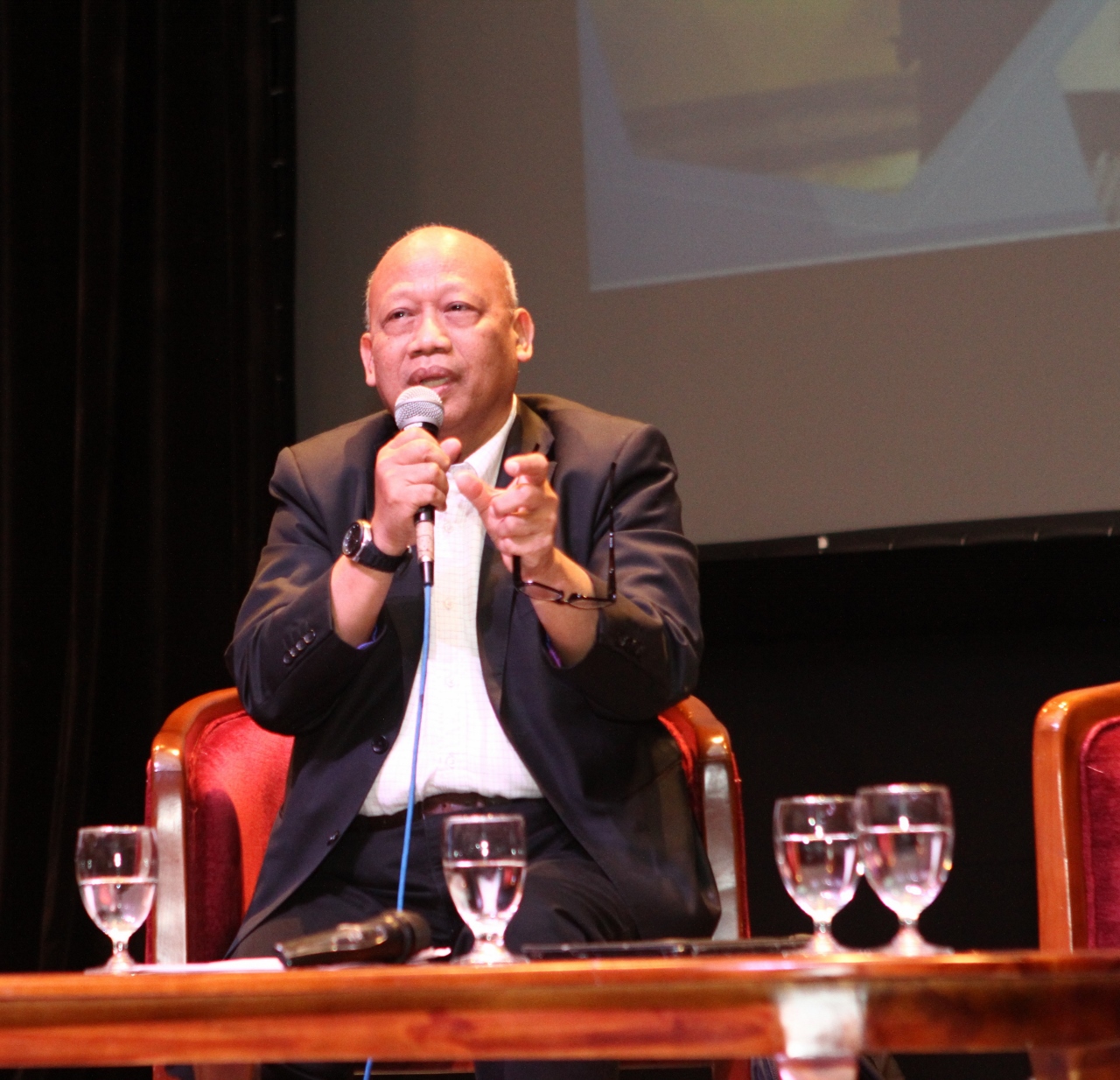
- Chamil sedang membuat pembentangan.
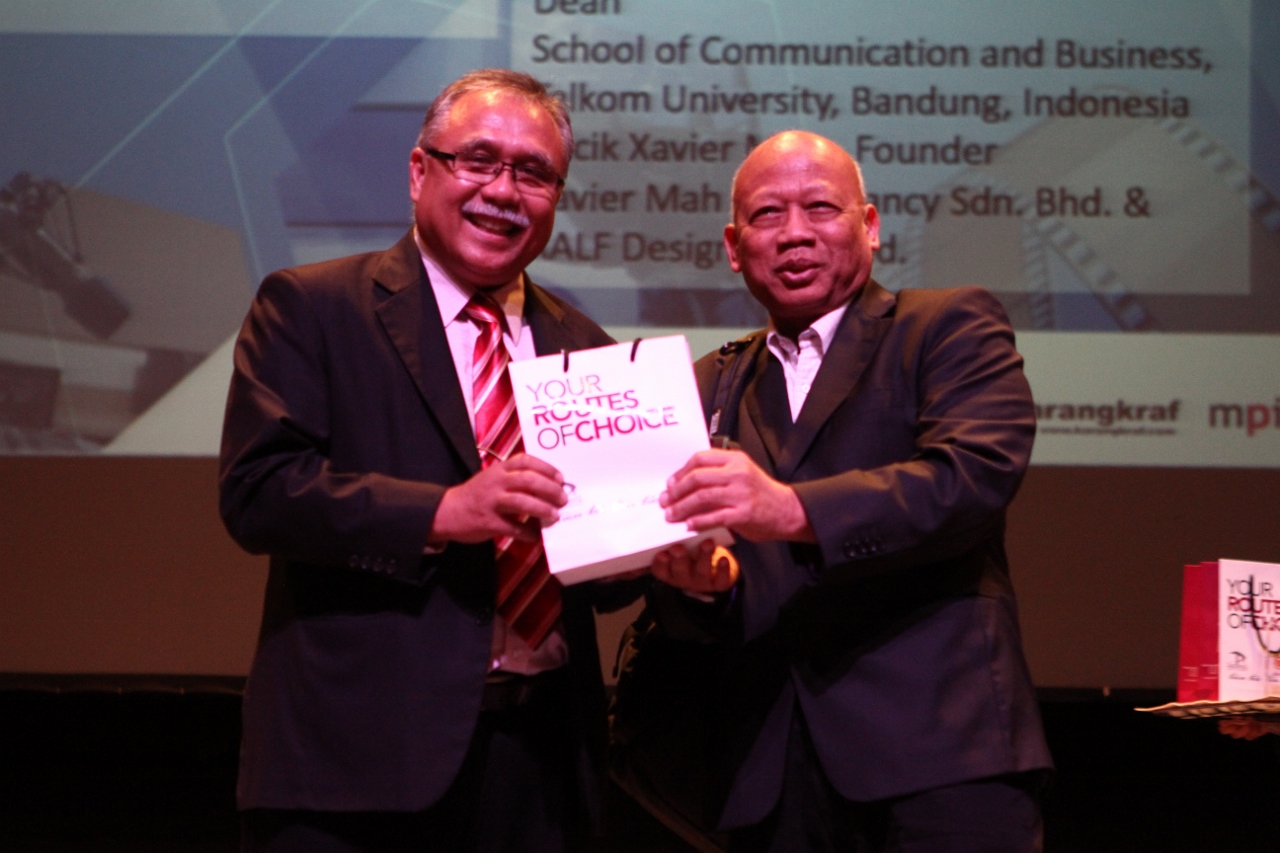
- Chamil (kanan) menerima cendermata daripada Timbalan Naib Canselor Pembangunan Pelajar dan Alumni USM, Profesor Datuk Dr. Adnan Hussein
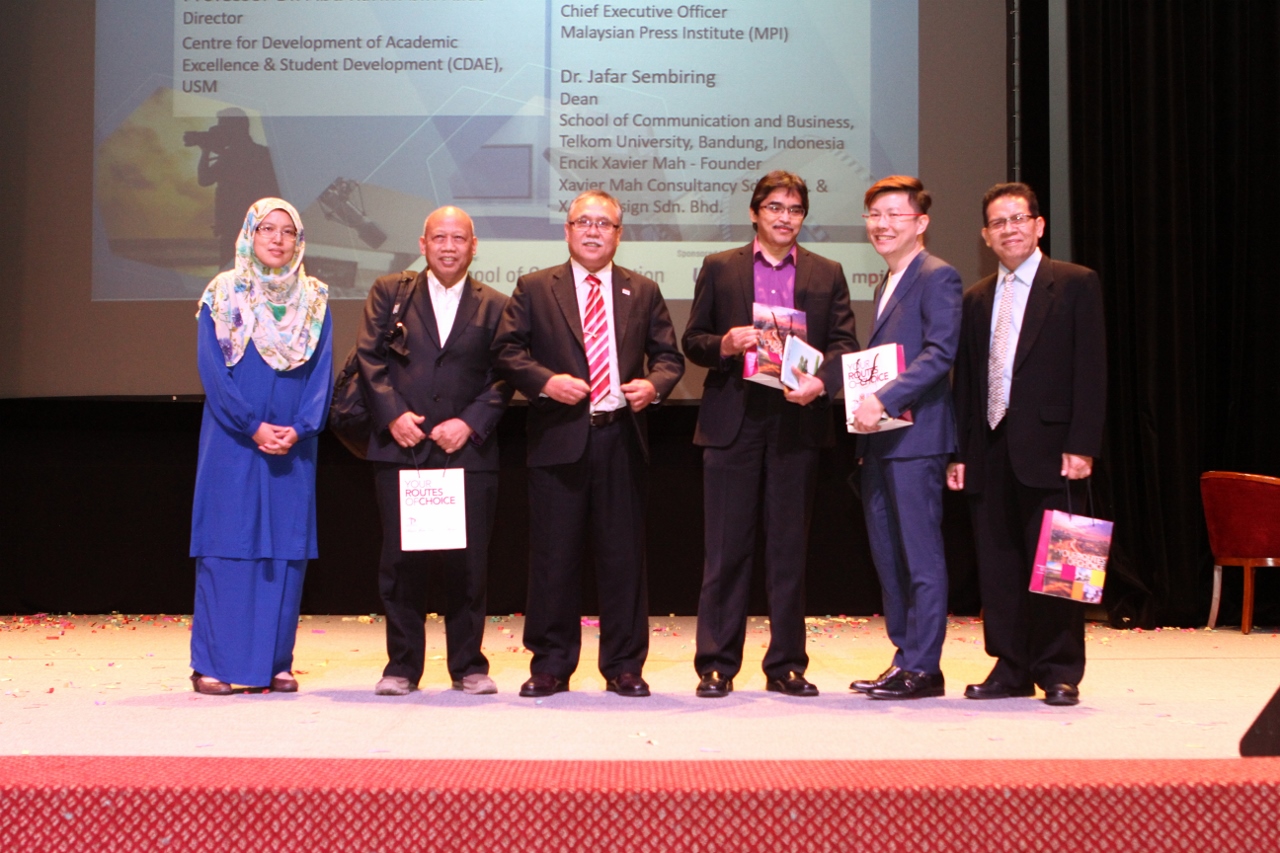
- Ahli panel bergambar kenangan selepas forum berakhir.

